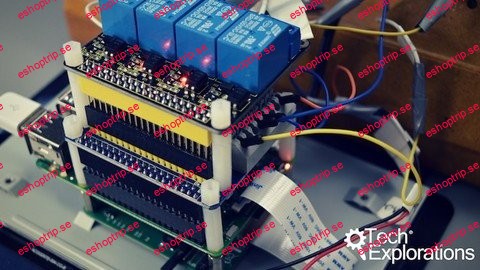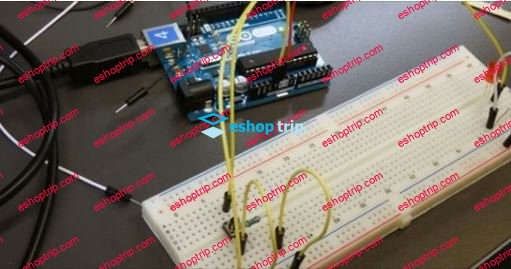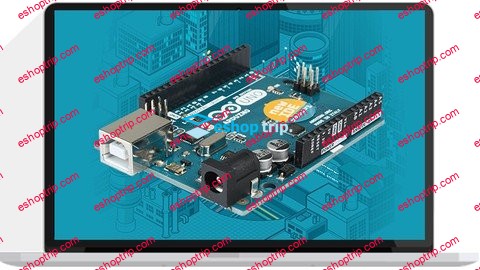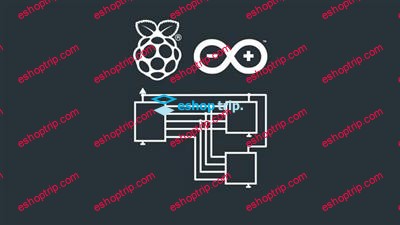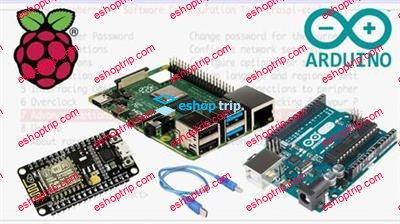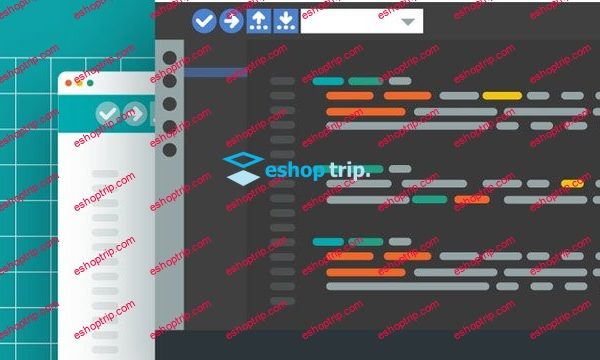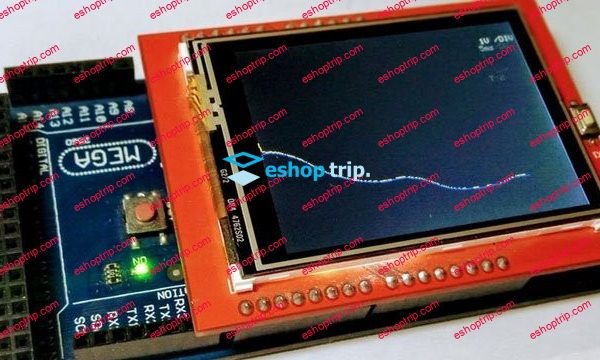MP4 | Video: h264, 1920×1080 | Audio: AAC, 48KHz
Language: English | Size: 15.2 GB | Duration: 10h 58m
Build a touch-screen driven application and control appliances and devices using a Raspberry Pi
What you’ll learn
Create graphical applications on the Raspberry Pi
Understand the basics of controlling mains appliances using relays
Learn how to use a low-cost relay board to control large loads with your Raspberry Pi
Understand how to use a relay board to control large loads with your Raspberry Pi
Control DC devices
Use the camera to take snapshots, interval snapshots and videos.
Create a Python application that allows you to control external devices and appliances, and interact with sensors
Manipulate still images and video taken by the Raspberry Pi camera
Design a driver circuit for the external relays
Control mains appliances safely
Create an enclosure for your mains controller circuit
Setup a remote working environment for your Raspberry Pi
Design a printed circuit board for the relay circuit
Requirements
A basic understanding of the Raspberry Pi
A basic understanding of electronics
Ability to install free software on your computer
Parts and tools, as listed in a free lecture in section 1
Description
** UPDATED SEPTEMBER 1, 2022 **
In this update I’ll show you how to update the bench computer so that it runs on the latest currently available version of the Raspberry Pi operating system, which is version 11, nicknamed “Bullseye”, along with the Python interpreter that comes with Bullseye, which is version 3.9.2.
The new content includes 15 new lectures (2 new hours of instruction) in two sections.
I have not changed the bench computer hardware in this update.
———————————
** UPDATED JANUARY 31, 2018 **
The latest update includes a whole new section in which you will learn how to build your Raspberry Pi Bench Computer using a low cost relay board instead of the (hard to find) Piface Relay+. You will also learn how to use a GPIO breakout board that makes it very easy to secure wires to your Raspberry Pi.
———————————
This Raspberry Pi project course will show you how to integrate a variety of components into a gadget that you can use to automate your work bench.
I call it “The Bench Computer”.
With the Bench Computer, you will be able to control any device and appliance on your electronics work bench, like turn on and off your bench lights, soldering iron and fume extractor.
The Bench Computer provides a great framework on which you can build your own home automation projects Out of the box, you will be able to control anything with a simple on/off switch, like lights, fans, heaters etc.
I have designed this course to help you get started. What you get the Bench Computer to do is entirely up to you!
Here are the main components (software and hardware) that you will learn about by taking this course
The Raspberry Pi (I use a Raspberry Pi 3 Model B for historical reasons, you can also use a Raspberry Pi 4).
The Raspberry Pi 7-inch touchscreen.
The Raspberry Pi Camera v2.
The Piface Relay+ HAT (contains the small relays used to control 12V devices) OR a Keyestudio 4 Channel Relay board.
A GPIO board breakout.
Larger external relays used for controlling mains appliances like lights and your soldering iron.
Python 3 and the Tkinter framework for building the application.
Things that you want to control, like low-power 12V LED strips and fans, and mains appliances like a soldering iron.
Scroll further down for a list of learning objectives for this course.
All code is available on Github, and is free to download and use as you wish.
A list of parts is available in the first section of the course (free to view).
In 11 hours of video content and over 70 lectures, you will learn the necessary skills for interfacing you Raspberry Pi with your workbench.
Who this course is for
Anyone familiar with the Raspberry Pi looking to expand their skills
Anyone interested in home automation
Anyone looking for a challenging project
https://www.udemy.com/course/raspberrypibc/
